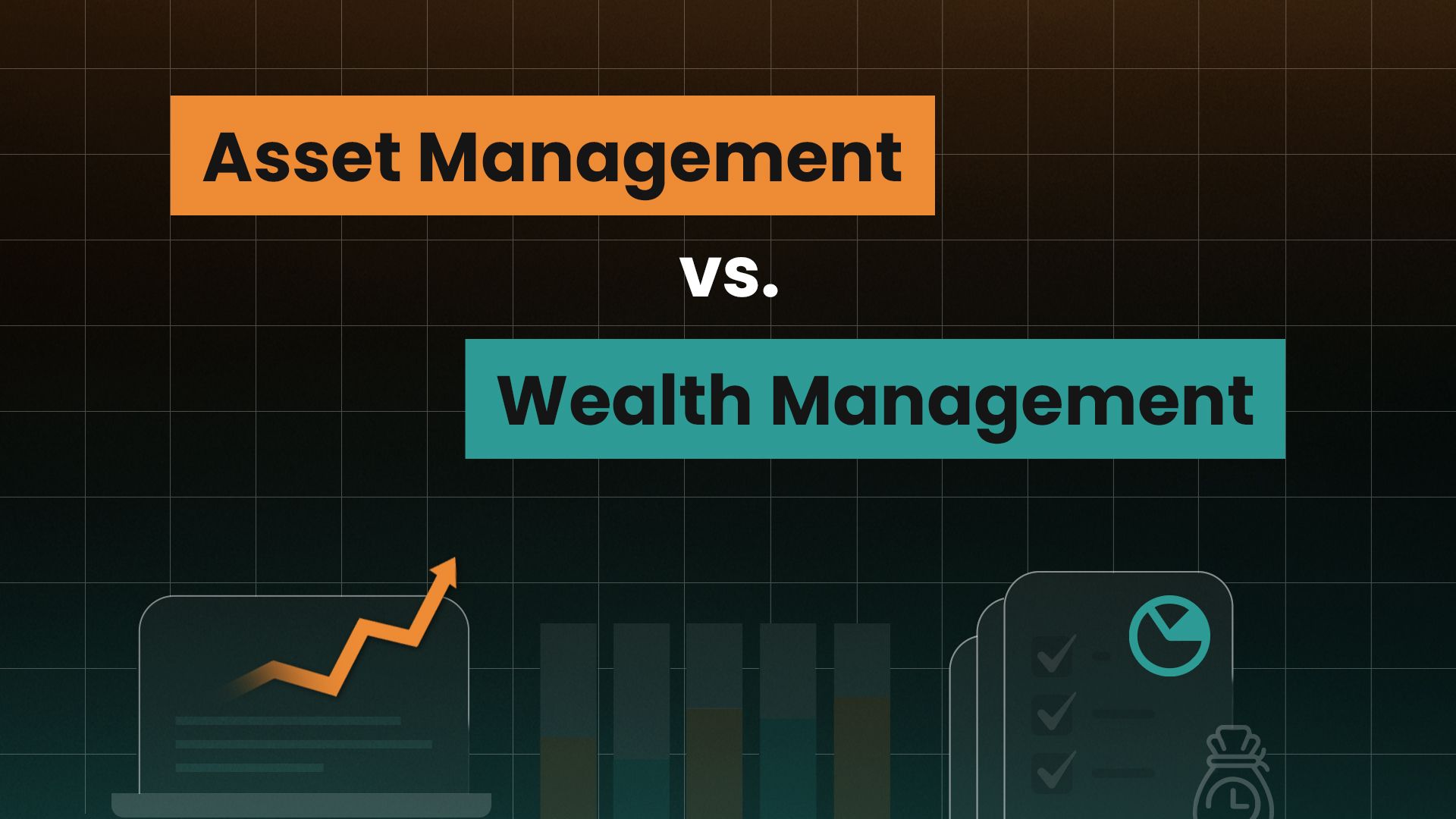

Finance
Aged Assets Definition
Modified: October 11, 2023
Learn the definition of aged assets in the world of finance. Understand how finance professionals classify and evaluate financial assets.
(Many of the links in this article redirect to a specific reviewed product. Your purchase of these products through affiliate links helps to generate commission for LiveWell, at no extra cost. Learn more)
The Art of Defining Aged Assets in Finance
When it comes to managing your finances, understanding key concepts is crucial. One such concept is aged assets. In this blog post, we will explore what aged assets are and why they matter in the world of finance. So, let’s dive in and unlock the secrets of aged assets!
Key Takeaways:
- Aged assets refer to assets that have been held by a company or individual for an extended period.
- Monitoring aged assets allows businesses to assess their financial health and make informed decisions.
So, what exactly are aged assets? Essentially, aged assets are assets that have been held by a business or individual for a considerable period of time. These assets can include tangible items like inventory, equipment, or real estate, as well as intangible assets such as patents or trademarks. By analyzing aged assets, businesses can gain a deeper understanding of their financial standing and make informed decisions regarding their resources.
Now you might wonder, why does tracking aged assets matter? Well, here are a few reasons:
1. Financial Assessment:
Aged assets provide valuable insights into a company’s financial health. By assessing the value and performance of these assets, businesses can evaluate their financial stability, identify areas for improvement, and even uncover potential risks or inefficiencies.
2. Informed Decision-Making:
Understanding aged assets allows businesses to make better decisions regarding investments, resource allocation, and even expansion plans. By knowing which assets are performing well and which aren’t, companies can optimize their use of resources and prioritize their investments accordingly.
So, how can one effectively manage aged assets? Here are a few tips:
1. Regular Evaluation:
Regularly assess the value, condition, and utilization of your aged assets. This will help you identify any potential issues or opportunities for improvement.
2. Utilize Software:
Consider using financial software or specialized asset management tools to streamline the tracking and evaluation of aged assets. These tools can provide valuable insights and automate processes, saving time and effort.
3. Stay Informed:
Keep up with industry trends, regulations, and best practices related to asset management. This ensures that you stay ahead of the curve and can adapt your strategies accordingly.
In conclusion, aged assets are an important aspect of financial management. By understanding and effectively managing these assets, businesses can gain a clearer picture of their financial health, make informed decisions, and optimize resource allocation. So, embrace the art of defining aged assets and take control of your financial future!














